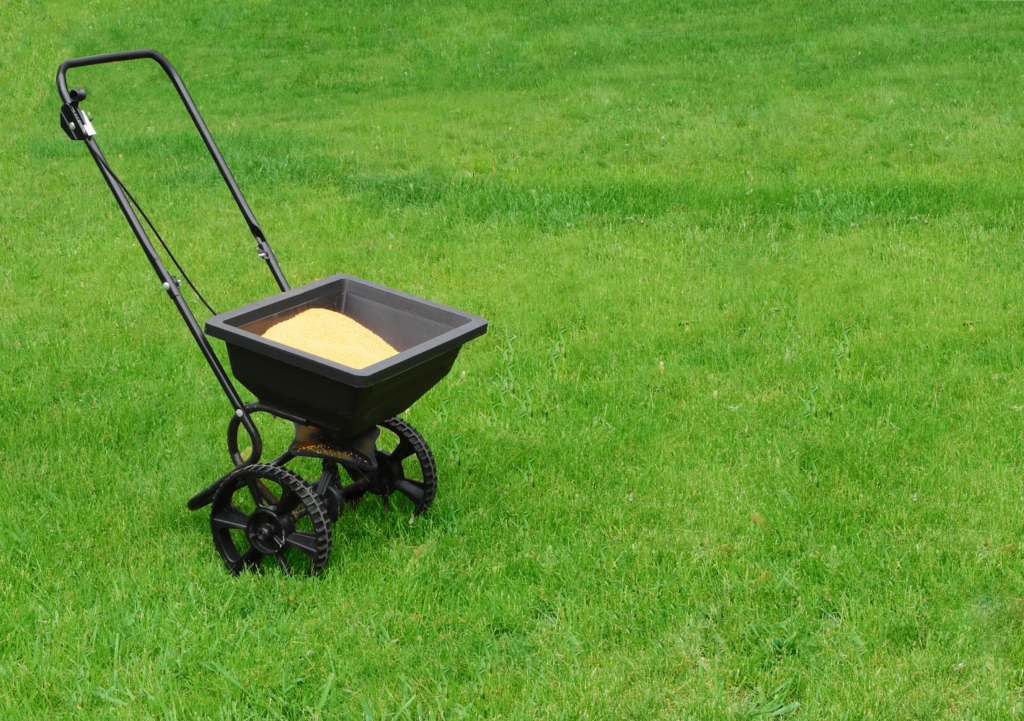Fall is an essential time for lawn care, and one of the key tasks during this season is preventing weed growth. Applying a pre-emergent herbicide in the fall is an effective way to stop weeds from germinating and taking over your lawn in the following spring.
But with a variety of pre-emergent products available, how do you know which one to use? In this article, we will discuss the different types of pre-emergent herbicides for fall use and provide guidance on selecting the right one for your lawn.
Understanding Pre-Emergent Herbicides
Pre-emergent herbicides are chemical formulations that prevent weed seeds from sprouting and establishing roots in the soil. They create a barrier that inhibits weed growth and development while leaving your desirable grass unharmed.
When applied correctly, pre-emergent herbicides can significantly reduce weed populations in your lawn.
Different Types of Pre-Emergent Herbicides
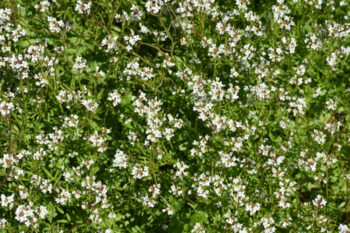
Prodiamine: Prodiamine is a popular pre-emergent herbicide known for its effectiveness against a wide range of grassy and broadleaf weeds. It provides season-long control and is often used in fall applications. Prodiamine should be applied before weed seeds germinate, typically when soil temperatures reach around 55°F.
Dithiopyr: Dithiopyr is another common pre-emergent herbicide used in the fall. It targets both grassy and broadleaf weeds and offers control for up to four months. Dithiopyr is particularly effective against crabgrass, one of the most common and troublesome weeds in lawns. Like Prodiamine, it should be applied before weed germination occurs.
Isoxaben: Isoxaben is a pre-emergent herbicide that primarily targets broadleaf weeds. It provides control for several months and is often used in combination with other herbicides for broad-spectrum weed control. Isoxaben can be applied in the fall, but it is important to note that it has limited effectiveness against grassy weeds.
Pendimethalin: Pendimethalin is a pre-emergent herbicide that offers broad-spectrum control of grassy and broadleaf weeds. It creates a barrier that prevents weed seeds from germinating and should be applied before soil temperatures drop below the ideal range for weed germination. Pendimethalin is commonly used in fall applications to target winter annual weeds.
Learn more about herbicides for weed control in turfgrass.
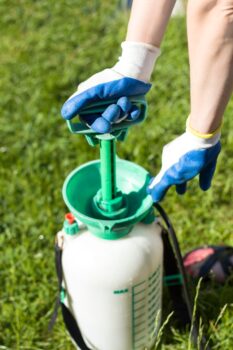
Choosing the Right Pre-Emergent for Fall
To select the most suitable pre-emergent herbicide for your fall weed control, consider the following factors:
Target Weeds: Identify the types of weeds that commonly invade your lawn and choose a pre-emergent herbicide that effectively controls those specific weeds. Some products offer broader control, while others are more selective.
Timing: Apply the pre-emergent herbicide at the right time to maximize its effectiveness. Consult local guides or experts to determine the optimal timing based on soil temperatures and weed germination patterns in your region.
Application Method: Consider whether you prefer granular or liquid pre-emergent formulations. Granular products are typically spread with a spreader, while liquid formulas are applied using sprayers. Choose a method that is convenient and practical for your lawn.
Compatibility with Lawn Type: Ensure that the pre-emergent herbicide is safe to use on your specific type of grass. Read product labels carefully and follow the instructions to avoid damaging your desired lawn turf.
Consider getting a flower-bed clean-up service as another way to prepare your outdoor space for cooler temperatures.
Applying Pre-Emergent Herbicides
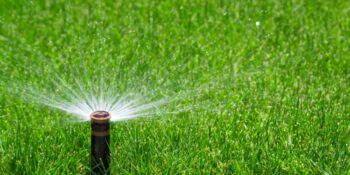
To ensure effective application of pre-emergent herbicides in the fall, follow these guidelines:
Proper Timing: Apply the pre-emergent herbicide before weed seeds germinate, typically when soil temperatures reach the recommended range. This prevents weeds from establishing roots and growing.
Uniform Coverage: Ensure even and uniform coverage of the lawn. Use a spreader or sprayer to distribute the herbicide evenly, following the manufacturer’s instructions for the correct application rate.
Watering-In: After application, lightly water the lawn to activate the pre-emergent herbicide and help it penetrate the soil. Follow the product label for specific watering recommendations.
Post-Application Care: Avoid disturbing the soil after application, as this can decrease the effectiveness of the pre-emergent barrier. Minimize foot traffic on the treated area until the product has had sufficient time to take effect.
Take a look at our weed and feed schedule to know when you should be applying lawn fertilization and weed control products to your lawn.
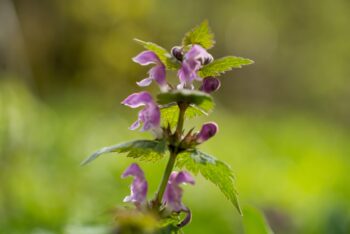
Fall Weeds in North Texas
As autumn approaches in North Texas, it’s crucial for homeowners to prepare their lawns for the upcoming battle against fall weeds. Many of these pesky plants can be effectively managed with pre-emergent herbicides applied at the right time.
Some common fall weeds in North Texas that can be treated with pre-emergents include annual bluegrass (Poa annua), which forms light green clumps in lawns, and henbit, recognizable by its purple flowers and scalloped leaves. Chickweed, with its small white flowers, is another frequent invader that can be prevented.
Rescuegrass, a winter annual grass that can quickly overtake lawns, is also susceptible to pre-emergent treatment. Additionally, common groundsel, identifiable by its yellow flowers and lobed leaves, can be controlled with timely pre-emergent application.
By targeting these weeds before they emerge, North Texas homeowners can maintain a healthier, more attractive lawn throughout the fall and winter months. Remember, the key to effective pre-emergent treatment is proper timing and application, so consulting with a local lawn care professional can help ensure the best results.
Take a look at our Lawn Weeds Identification Guide if you need help identifying specific weeds.
Wrapping Up
Select the right pre-emergent herbicide for your specific needs, time the application correctly, and follow proper application techniques. The result will be a weed-free lawn come springtime. Remember to always read and follow the label instructions of the herbicide product you choose.
If you have any doubts or concerns, consult with one of our team members who will answer any lawn fertilization and weed control questions you have. With a well-executed fall pre-emergent weed control plan, you will maintain a healthy and vibrant lawn.

